For galaxy photography, PixInsight offers professional-grade processing but requires investment and learning. DeepSkyStacker provides excellent free performance with user-friendly features for beginners. Siril gives you robust capabilities across all platforms without cost. ASIDeepStack delivers the fastest processing if time matters to you. Your choice depends on your experience level, budget, and specific needs. The right software can transform your ordinary night sky captures into breathtaking cosmic portraits.
Top Stacking Software Options for Galaxy Photography

Five essential stacking programs dominate the galaxy photography scene today.
If you're just starting out, Deep Sky Stacker offers a free, user-friendly interface that processes images quickly, making it ideal for beginners.
For advanced processing, PixInsight delivers powerful features like dynamic background extraction, though it requires a steeper learning curve.
AstroPixel Processor excels at handling diverse data sets and is particularly effective for stacking mosaics of galaxies.
Siril provides a free open-source alternative with extensive calibration capabilities.
For those seeking real-time results, Astrometric Stacking Program delivers fast plate-solving and live stacking.
ASIDeepStack completes stacking tasks in just under 2 minutes, making it the fastest option for processing multiple images.
Your choice ultimately depends on your experience level, budget, and specific needs.
Free options work well for beginners, while paid software offers the advanced tools serious astrophotographers need for galaxy imaging.
Essential Features for Effective Noise Reduction in Astrophotography
While stacking software forms the foundation of galaxy processing, your results will only shine when you master noise reduction techniques.
Effective noise reduction hinges on several key features: frame stacking to average out random noise, dark frame subtraction to eliminate thermal noise, and AI-driven algorithms that preserve detail.
You'll want software that improves the signal-to-noise ratio and offers post-processing flexibility. Tools like PixInsight with its TGVDenoise filter and Multi-scale Median Transform excel at preserving details while reducing noise.
For specialized astrophotography needs, consider NoiseXTerminator or GraXpert.
Be wary of challenges—excessive noise reduction can introduce artifacts or eliminate essential details.
Temperature matching for dark frames and accounting for light pollution will greatly improve your final images.
Shooting in RAW format provides greater flexibility during the noise reduction process and is essential for high-quality astrophotography.
Budget-Friendly Stacking Solutions for Amateur Astronomers

For amateur astronomers on a budget, quality stacking solutions don't have to break the bank.
DeepSkyStacker and Siril stand out as powerful free options, with DSS offering automatic alignment and calibration frame support for Windows users, while Siril provides cross-platform compatibility and scripting capabilities.
If you're focusing on planetary imaging, Autostakkert! excels with its specialized features and works seamlessly with FireCapture. RegiStax can complement your workflow with its excellent wavelet processing capabilities for bringing out fine details in planetary images.
ZWO camera owners should consider ASIDeepStack for its live stacking and simple interface.
Mac users without access to DSS can turn to Sequator as an excellent alternative.
All these options include essential tools like dark frame subtraction, flat field correction, and automated alignment—features that were once only available in expensive commercial packages.
You'll achieve impressive results without spending a penny on software.
Comparing Deep Sky Stacking Tools for Beginners
When you're just starting out in astrophotography, choosing the right stacking software can feel overwhelming.
For beginners, DeepSkyStacker offers a user-friendly interface with automatic alignment and effective noise reduction, though it's Windows-only.
If you're looking for cross-platform options, Siril provides automatic alignment with good calibration tools, while Sequator is particularly simple for wide-field images.
Both are free alternatives that won't strain your budget.
While PixInsight delivers professional-quality results, its steep learning curve and resource requirements make it less ideal for newcomers.
RegiStax, though primarily for planetary imaging, offers easy-to-learn basics with powerful wavelet processing for bringing out details in your galaxy photos.
Consider your operating system and the complexity you're comfortable with when making your choice.
Astro Pixel Processor provides excellent results with default parameters and includes unique tools like the Adaptive Airy Disc debayer algorithm, though its interface may initially confuse beginners.
Optimizing Software Settings for Clearer Galaxy Details

To achieve stunning galaxy photos that reveal intricate cosmic details, you'll need to optimize your processing software settings beyond default configurations.
Start by capturing in RAW format, which preserves considerably more data for post-processing despite requiring additional storage space.
RAW format preserves critical cosmic details that compressed formats lose, making it worth the extra storage investment.
Take advantage of noise reduction tools for cleaner low-light images, and use HDR effects to balance the extreme brightness variations common in galaxy photography.
When processing, manually adjust exposure and contrast to extract details from darker regions where cosmic structures often hide. Consider switching to the higher 50MP resolution when photographing particularly detailed celestial objects.
For Samsung users, the Expert RAW app offers precise control over capture settings, while features like Scene Optimizer can enhance certain elements automatically.
Remember that tripod stabilization is essential before any software optimization can be effective—no processing technique can fully recover a blurry original.
Frequently Asked Questions
Can Galaxy Processing Software Fix Poorly Focused Astrophotography Images?
No, software can't fully fix poorly focused astrophotos. You'll see minor improvements with stacking and sharpening tools, but they're limited. Prevention is key—ensure proper focus during capture for best results.
How Much RAM Is Recommended for Processing Large Galaxy Image Sets?
For processing large galaxy image sets, you'll need 32-64GB RAM for 6M-1G pixel images. If you're working with multi-gigapixel images, consider 64GB+ RAM to avoid slow performance and guarantee smooth operation.
Are Subscription-Based Astrophotography Programs Worth the Ongoing Cost?
Subscription-based programs are worth it if you're serious about astrophotography. You'll get regular updates, premium features, and community support. For occasional use, free alternatives like GIMP or one-time purchases might better suit your needs.
Can I Process Galaxy Photos on a Tablet or Smartphone?
Yes, you can process galaxy photos on your tablet or smartphone using Galaxy Enhance-X and Expert RAW apps, which offer AI-powered editing, RAW processing, and features like object removal directly on your mobile device.
How Do Different Software Options Handle Light Pollution Removal?
Different software handles light pollution differently. Lightroom uses the Dehaze slider, while specialized astrophotography programs offer dedicated filters. You'll find most options require manual adjustments rather than one-click solutions for best results.
In Summary
You've got plenty of excellent choices for galaxy photo processing, from DeepSkyStacker to PixInsight. Select software that matches your skill level and budget while offering robust noise reduction capabilities. Don't forget to experiment with the settings—proper calibration frames and stacking parameters will dramatically improve your results. Whatever you choose, practice regularly and you'll soon transform those faint galaxy captures into stunning cosmic portraits.
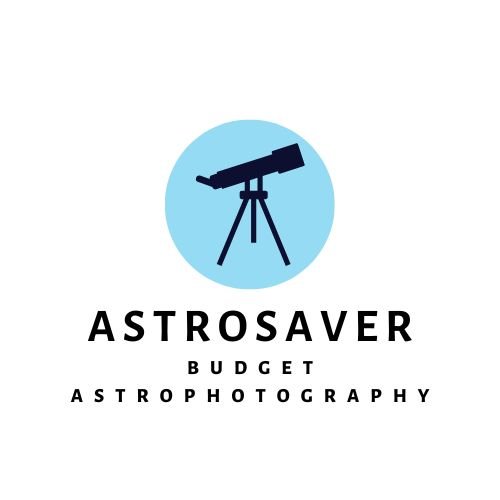
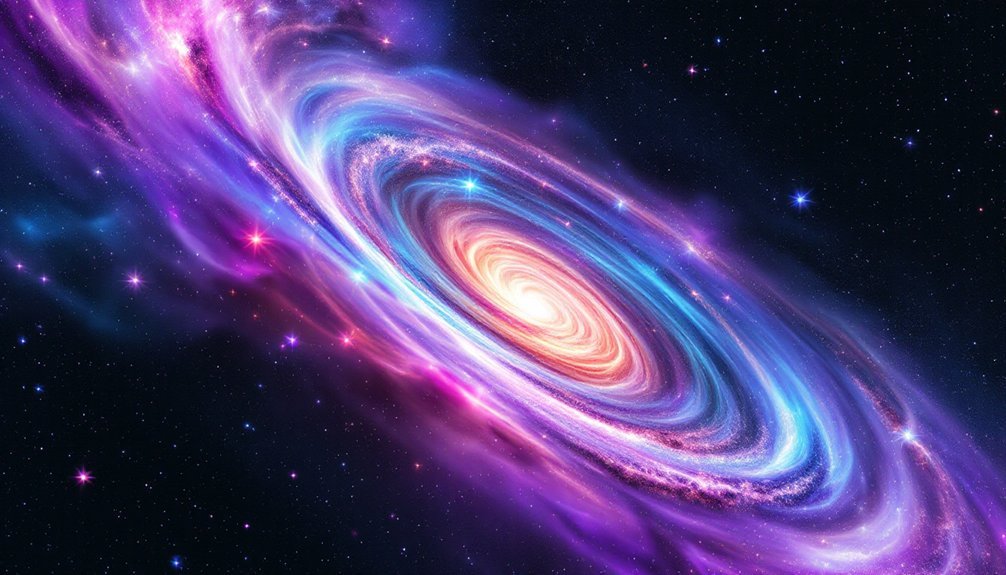
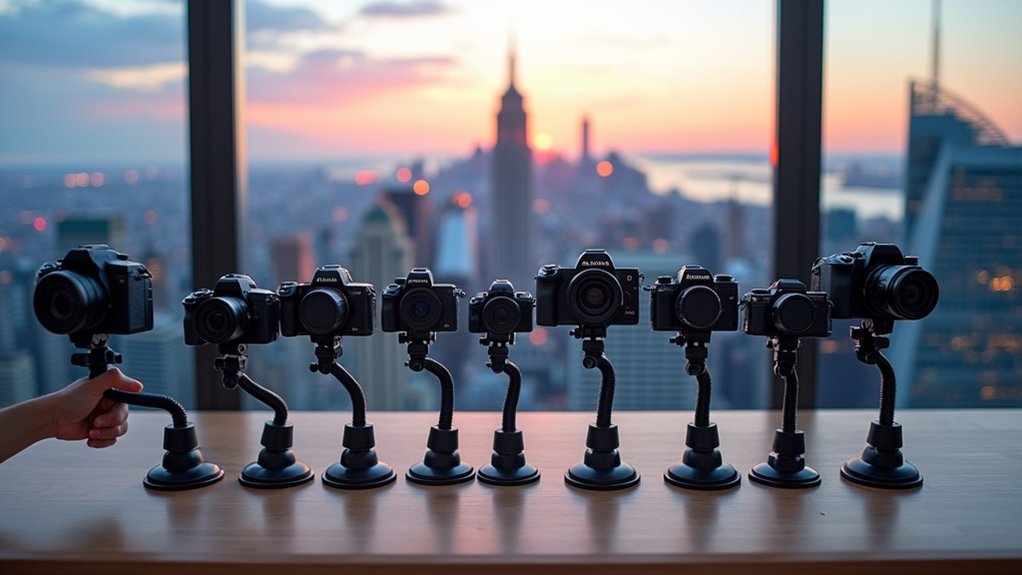
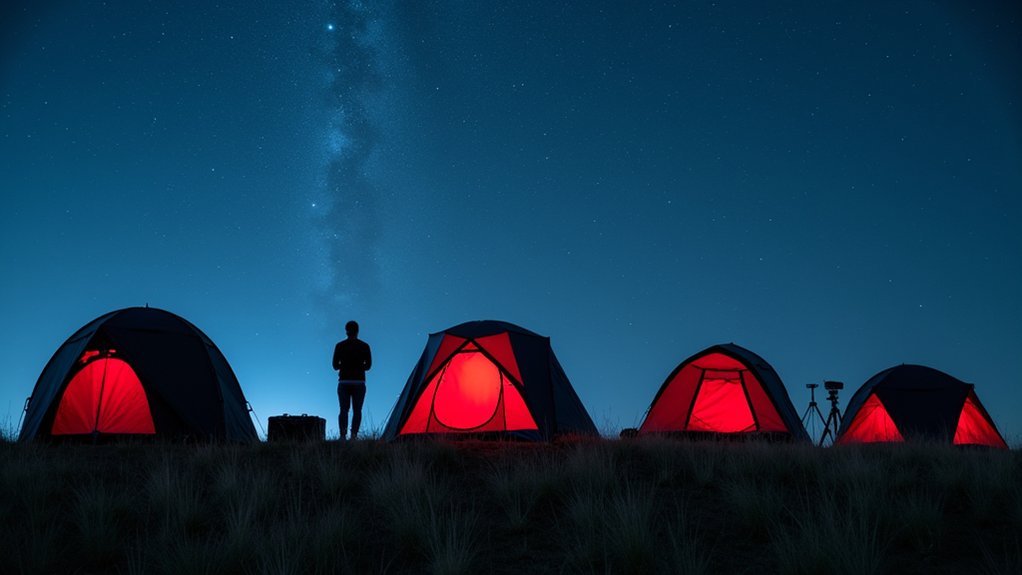
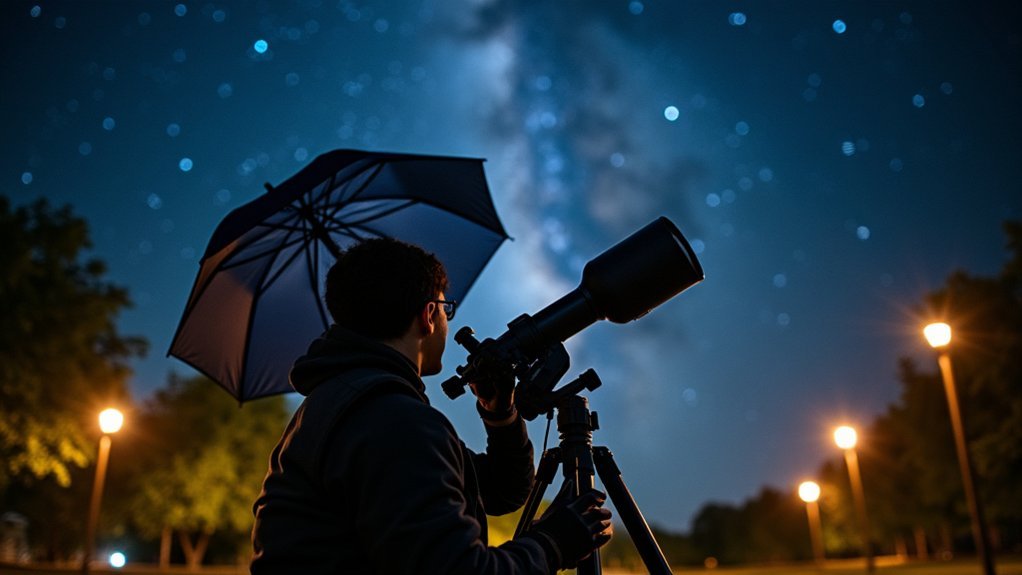
Leave a Reply